Formula feeding means feeding your baby cow's or goat's milk that's specially treated to be suitable for babies.
Planning to formula feed
Most mums know that breastfeeding is good for them and their baby, but sometimes still feel that formula/bottle feeding is the best option for them and their family. If you can, do give breastfeeding a try, especially in the first hours and days – you might be surprised at how well you and your baby manage. But don't worry if breastfeeding doesn't work out for you.
How much should I feed my baby?
Even if you are formula feeding, you should still feed your baby responsively as soon as they show signs that they are hungry, don’t try to stick to a timetable. Our page on feeding cues applies just as much to formula fed babies as it does to breastfed babies. You can still experience skin-to-skin contact when formula feeding – this is particularly important for calming your baby and building a special bond in the early days.
When your baby’s first born, their tummy is tiny – about the size of a cherry – so they’ll want to feed frequently – around 8-12 times over 24 hours. However, they won’t need much before they’re full. You’ll soon pick up what your baby wants, whether that’s food, winding or a wee cuddle. If you’re finding it hard working out what your baby wants, talk to your midwife, health visitor or family nurse and they’ll be happy to help.
This video from the NHS has more advice on how to feed responsively, and how to prepare formula safely.
What you need to know about formula milks and bottle feeding
What kind of formula should I feed my baby?
Formula labelled ‘first milks’ are all you need for your baby's first year. These are also known as ‘stage 1’ or ‘first stage’ milks. There's no benefit to spending more on infant formula milk than you need to. Higher price doesn’t mean higher quality as all first infant formula must meet the same nutritional standards.
Watch out for milks claiming added extras, such as preventing allergies, colic or wind. There's no proof that these are needed or that they even work.
Can I use ready-to-feed liquid infant formula milk?
Yes, however these can be more expensive than powdered infant formula milk and you only need to use first milks or stage 1. Our section on ‘Feeding your baby formula milk safely’ below has advice on how to use ready-to-feed formula safely.
What if I can’t afford formula milk?
If you’re struggling to afford to buy formula, help is available. Speak with your midwife, health visitor, family nurse or GP as soon as you can and ask for support. If you need urgent help with money for essentials including food or fuel, you could contact your local authority regarding possible Scottish Welfare Fund crisis support and any other locally available cash-first advice and support.
Our page on supports and benefits for parents has more advice and information about help that may be available to you.
Should I feed my baby ‘follow on milk’ when they’re older?
You don't need 'follow on milk' at any stage, and after a year ordinary full fat cow’s milk is fine. All brands are very similar, and it doesn't matter if you choose cow's or goat's milk for your baby.
Can I feed my baby soya milk?
Talk to your midwife or health visitor before opting for soya-based milk. You should only give your baby soya milk if it’s prescribed by your health visitor or GP, and even then only from 6 months.
Feeding your baby formula milk safely
There are a few things you need to be aware of before you feed your baby formula milk – making up feeds, cleaning and storing bottles must be done in a certain way to avoid your baby getting ill. Remember, it’s important to feed your baby responsively and not delay times between feeds or replace feeds with water.
How do I make up the feed?
You should make up the infant formula milk following the manufacturer’s instructions. Make sure you always add the number of scoops of formula required. Limiting the number of scoops can lead to your baby becoming unwell and also means your baby isn't getting all the nutrition they need to grow and develop.
Don’t add anything else to your baby’s bottle, such as baby rice, as this can be a choking hazard.
Always make sure the milk is an appropriate temperature before feeding. Test it on your arm first to make sure it’s lukewarm and not hot.
This video takes you step-by-step through making up a bottle safely.
What if I don’t have access to boiling water to prepare feeds?
In this situation, you should use ready-to-feed infant formula milk instead. Ready-to-feed liquid infant formula milk is sterile until opened. However, all feeding equipment will still need to be thoroughly washed and sterilised prior to use.
Once opened, any unused infant formula milk needs to be stored at the back of the fridge on the top shelf with the with the lid on or cut corner turned down, for no longer than 24 hours.
Can I use bottled water to make up infant formula feeds?
No. It’s not safe to use any bottled water to make up infant formula feeds. This is because bottled water contains other nutrients or minerals that may make your baby unwell.
If you can’t access previously boiled water to make up your baby’s infant formula feeds, then you should consider using ready-to-feed formula as an alternative.
What can I use to sterilise my infant feeding equipment?
If you don’t have access to a steam steriliser or boiling water to sterilise bottles, teats and caps, you can also sterilise using cold water and sterilising tablet, which you can buy in most supermarkets and chemists. You don’t have to buy a special cold water sterilising container – any clean tub with a lid of the correct size will do. Follow the instructions for the sterilising tablets and remember to change the sterilising solution every 24 hours.
This video shows you how to safely clean your baby's feeding equipment.
Baby self-feeding pillows
If you have a baby self-feeding pillow, please stop using it immediately as it’s not safe for your baby.
Baby self-feeding pillow products are designed to be attached to a bottle so that the baby can be positioned on their back to feed themself without anyone holding the bottle and controlling the feed.
However, even if you’re supervising your baby while they’re self-feeding, this could lead to immediate, serious harm or death from choking or aspiration pneumonia. You can find out more about this on the gov.uk website.
Building a loving bond with your baby
Your baby will feel most safe and secure if feeds are carried out by you and your partner only for the first few weeks. Maintain eye contact with your baby and invite them to take the teat of the bottle, not pushing it into their mouth.
More help and advice
All the information you need to know to safely feed your baby formula can be found in this booklet from Public Health Scotland, whilst First Steps Nutrition offers detailed information on the different types of formula available in the UK.
 Activities & Play
Activities & Play Behaviour
Behaviour Childcare
Childcare Development & Growing Up
Development & Growing Up Family, Friends & Relationships
Family, Friends & Relationships Feeding Your Baby
Feeding Your Baby Food & Eating
Food & Eating Health & Safety
Health & Safety Mental Health & Wellbeing
Mental Health & Wellbeing Money & Work
Money & Work Online Behaviour & Safety
Online Behaviour & Safety Pregnancy & First Days
Pregnancy & First Days School & Education
School & Education Sleep
Sleep


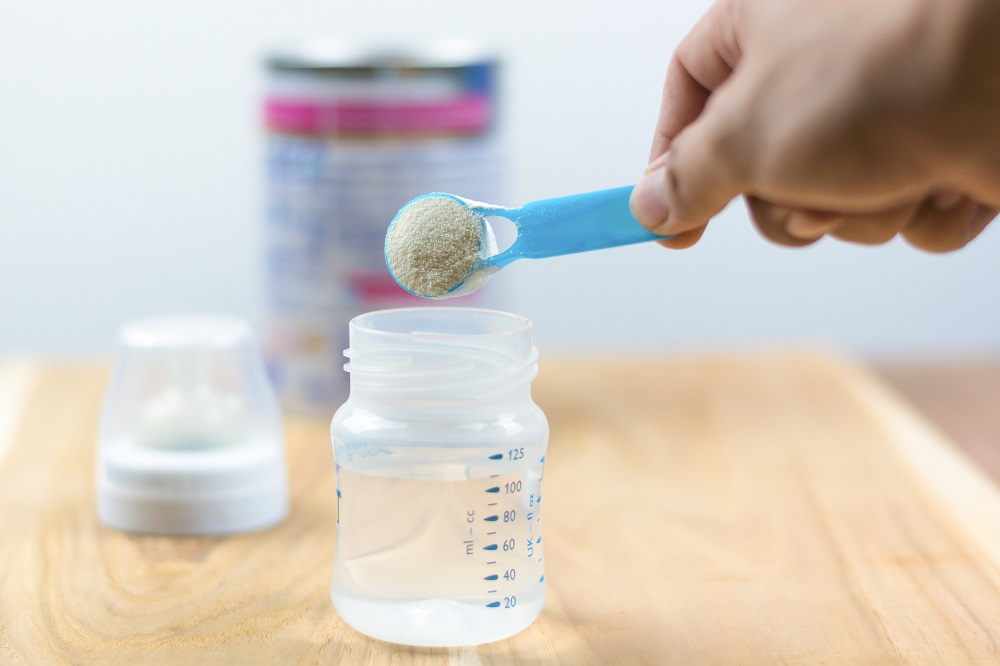
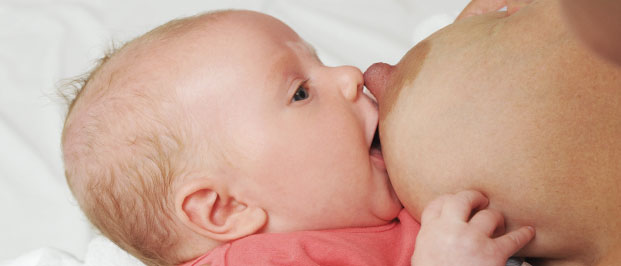
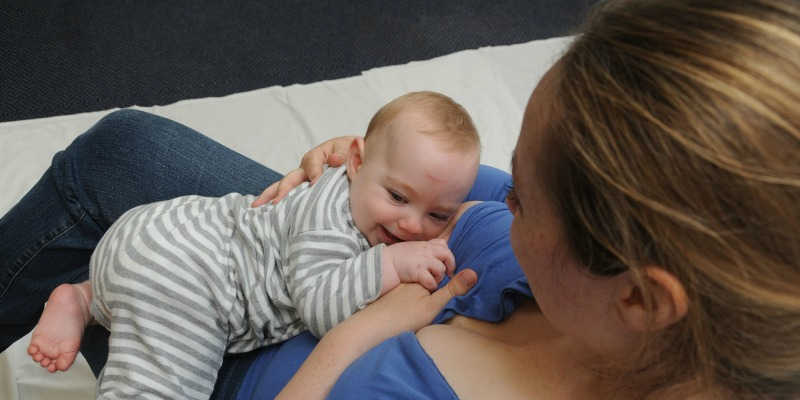

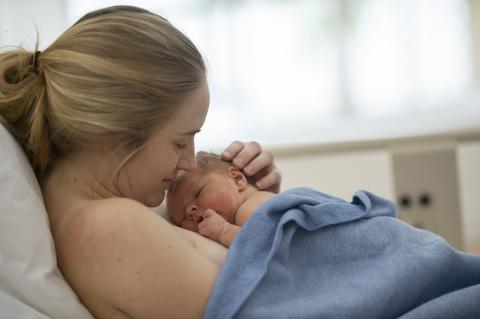

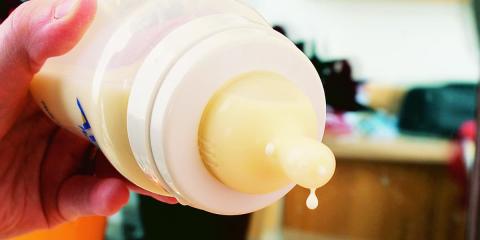

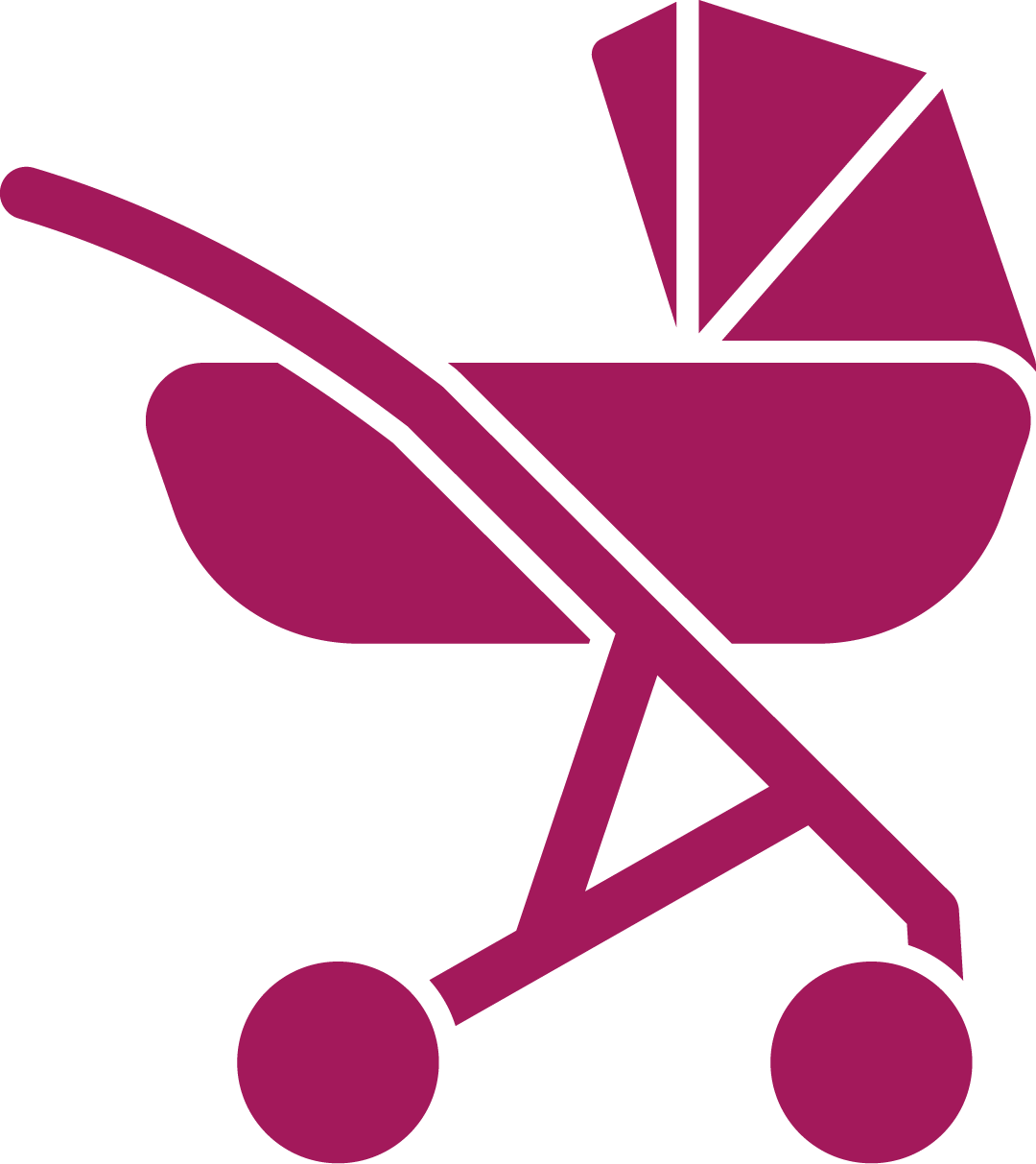 Pregnancy & First Days
Pregnancy & First Days
 Sleep
Sleep